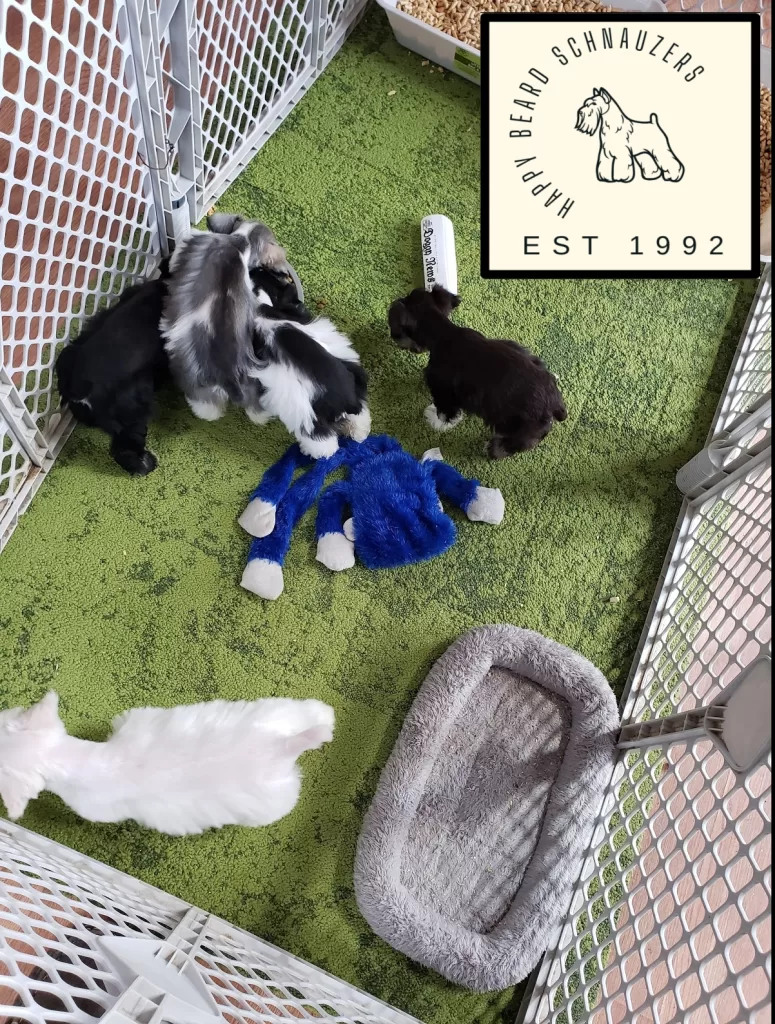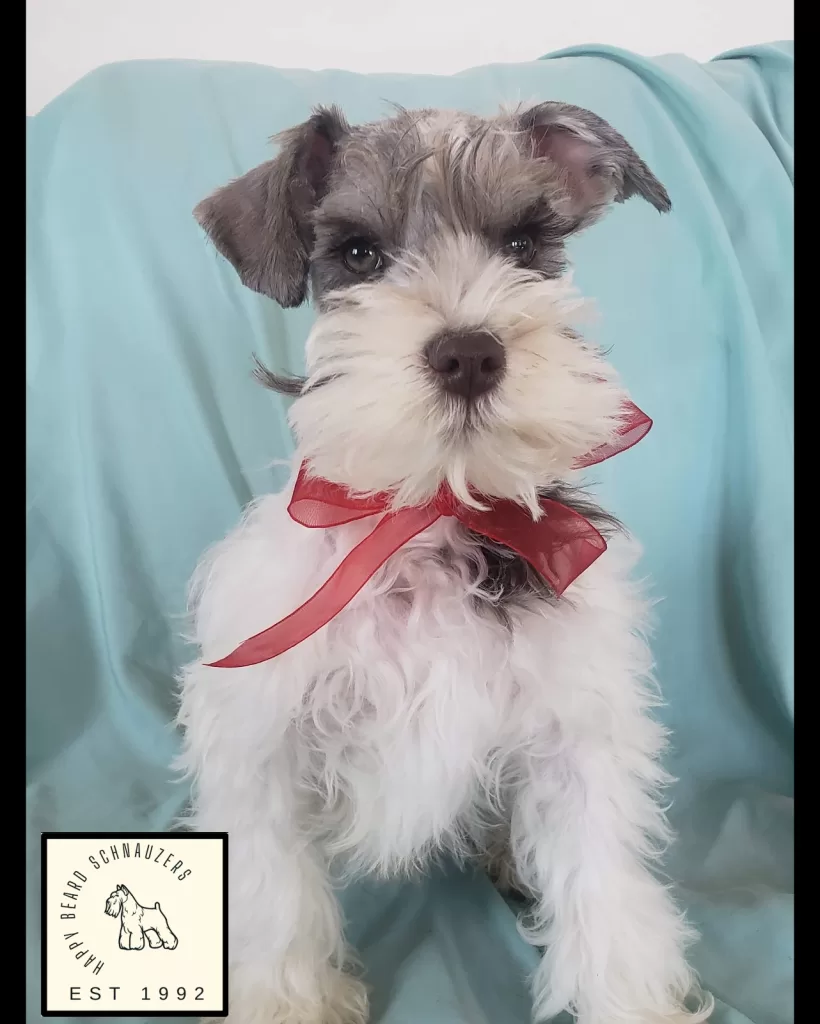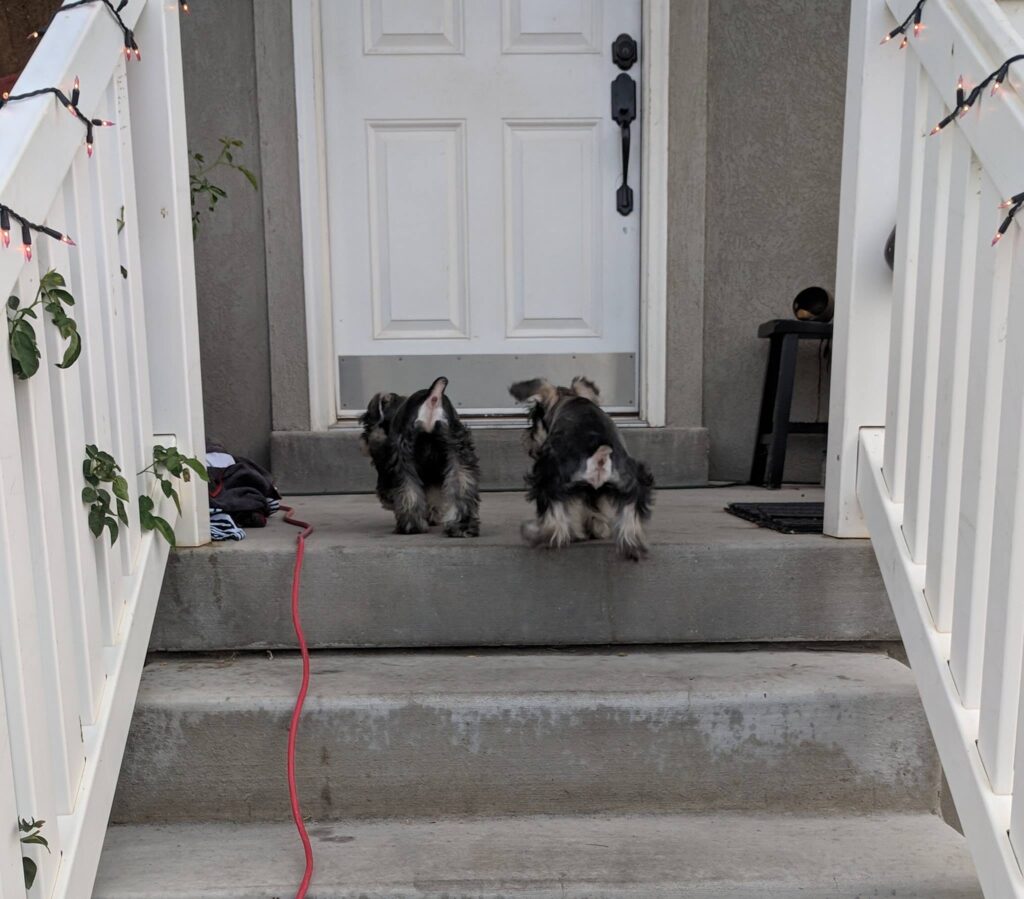If you’ve just welcomed a new puppy into your home, it’s time to embark on the journey of housetraining! Teaching your pup to handle their business in the designated spot can be a bit challenging, even for experienced pet owners. However, keep reading for tips on housetraining with minimal fuss, mess, and stress.
Achieving successful housetraining hinges on repetition and rewards. With patience and consistency, you should be able to teach your pup the ropes of urinating and defecating outdoors in no time.
Choose a designated spot
Selecting a designated spot for your dog to relieve themselves largely depends on your specific circumstances. Whether it’s outdoors in your yard, or a pee pad in the laundry room, stick to that chosen spot each time it’s time for your dog to eliminate.
USe A superyard & Crate
When puppy arrives at your home, he will be missing the security of all that he knows; the warmth and smell of his littermates and mother, the beating of their hearts and the noises that he has been accustomed to. He will need a space to feel secure.
While containment sounds like you’re inhibiting his freedom, he will secretly be thanking you. A puppy needs his own space to feel secure and to call his own. Allowing a puppy
Full run of your house will ensure failure when it comes to potty training as well as security and boundaries for your puppy.
It is better to start off with best practices rather than having to fix a learned problem that could have been avoided.
We recommend using a superyard during the day while you are at home, and a crate by your bedside at night. A superyard should be used any time that you are not able to watch your puppies every move. Your puppy should begin to recognize that the superyard and crate are his home and he will not want to potty there.
If you allow your puppy to roam the house, he will lack a sense of space and will think that he is allowed to create his own potty space where he chooses. For a puppy, space must be earned.
Now where your part comes in is in ensuring that your schnauzer puppy is let out to his designated spot often enough to prevent accidents. It is important to remember that these little guys have tiny bladders. It is unrealistic to expect your puppy to sleep through the night accident free until his bladder is bigger and can hold more.
For more information on using crate training as a part of potty training, visit : AKC Potty Training

Consistency is a must!
Initially, make it a routine to bring your schnauzer puppy to the designated spot every two hours. Consistently use the same verbal cue, for example “Go potty.” Consider using a marker or visual aid to reinforce the routine.
During the training phase, avoid changing the designated location to prevent confusion for your puppy. Using the same spot will build up an odor that your pet will recognize, encouraging them to re-mark the area with their waste.

encourage with praise & Reward
Maintain a calm and still demeanor while your puppy is eliminating—minimize distractions. However, once your puppy successfully urinates or defecates in the designated spot, shower them with praise and offer a special treat. This helps them link the desired behavior with the reward, serving as a powerful encouragement for them to continue doing so in the right place
Be attentive & aware
Recognize your puppy’s cues indicating they need to go outside, such as sniffing, whining, or pawing at the door.
Ultimately, establishing a consistent routine is paramount for success. Maintaining regularity in terms of timing, location, using specific phrases, and rewarding positive behavior creates a structured and calm environment that greatly aids in housetraining.
Especially during the initial phase of establishing this routine, close supervision is crucial, and confinement can be beneficial. Close supervision allows you to observe their signals, while limiting their space to a small area minimizes the potential locations for accidents. Additionally, it keeps them close enough for you to intervene if you notice they’re attempting to eliminate in an undesirable spot.
feeding times
Consistent feeding times not only establish a routine in your pup’s diet but also play a crucial role in potty training by setting a pattern for when your pup needs to relieve themselves.
Provide your puppy with the same type and quantity of food during regular mealtimes each day, instead of leaving a bowl of food accessible all the time. Since many puppies may need to eliminate between meals, this approach naturally contributes to creating a recognizable potty schedule for both you and your pup.

accidents happen- how to respond
Keep in mind that, as the human in this scenario, it’s your responsibility to be attentive and guide your puppy to the appropriate bathroom spot. Accidents are a normal part of the learning process, but it’s crucial to respond in the right way.
If you catch your puppy in the act of having an accident indoors, never resort to physical punishment. This can make them fearful of eliminating in front of people. Instead, express disapproval with a loud clap or a firm verbal command such as “No!”
Immediately after they stop eliminating in the wrong spot, swiftly take them to the established bathroom spot. Once they successfully complete their business there, reward them with plenty of praise and treats.
If you didn’t catch them in the act, ignore the accident, as the opportunity to correct their behavior has passed. Thoroughly clean the area and neutralize it with sprays or a cleaning solution. Leaving trace odors of urine or feces can confuse your puppy; only the “right” locations for eliminating should smell like waste.
and this too shall pass
Potty training takes time and patience. Know that this too shall pass. Sooner than you know it, your puppy will be an adult, and potty training will become a thing of the past. For more information about preparing for your new schnauzer puppy, visit our blog post : Getting Ready For a New Puppy – Anticipating What’s To Come